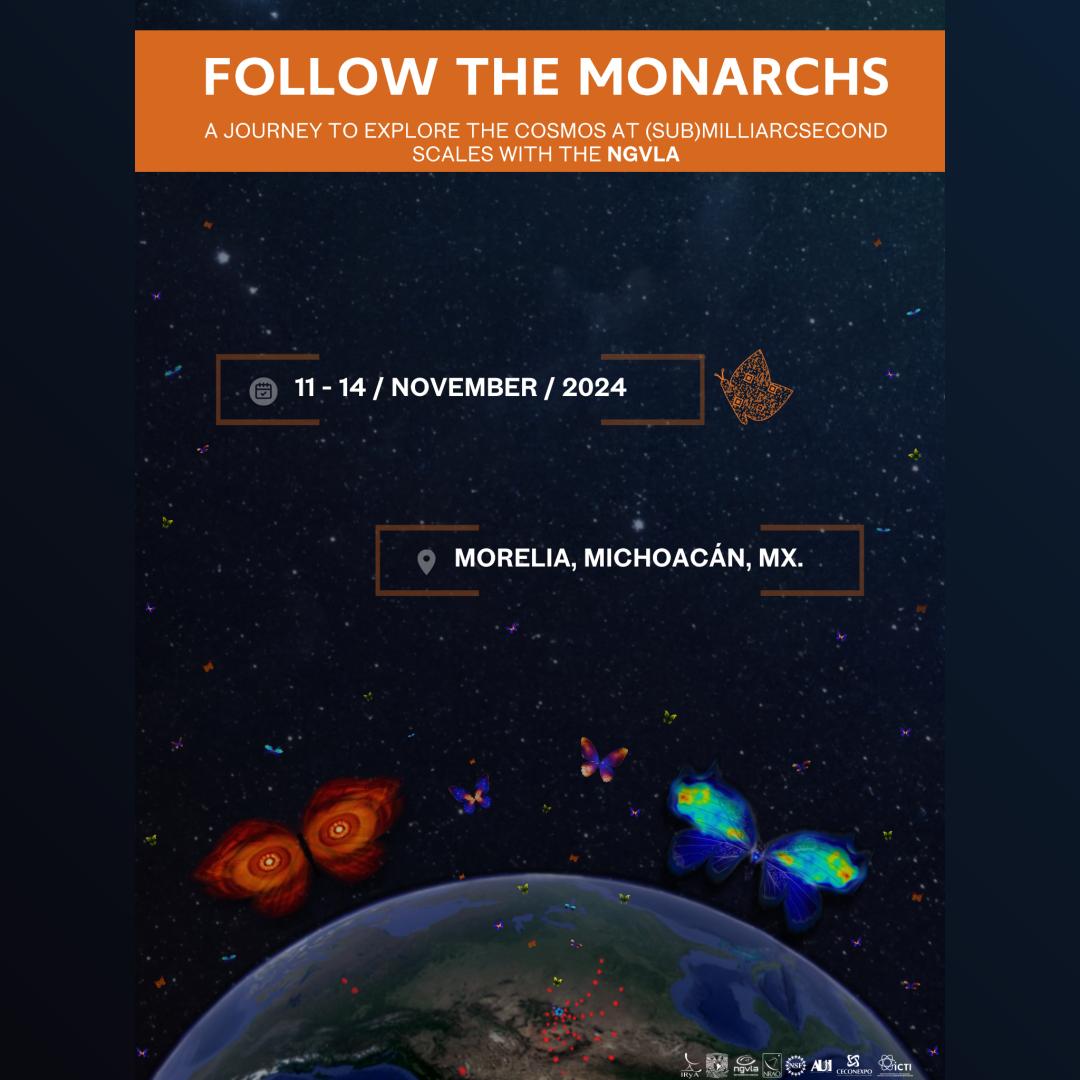This week, Morelia hosts 135 radio astronomy experts from institutions in 17 countries around the world, who will discuss the new science that can be performed with the Next Generation Very Large Array (ngVLA), a new generation observatory to be built in the coming years, with the participation of the Institute of Radio Astronomy and Astrophysics (IRyA) at UNAM Campus Morelia.
The ngVLA will consist of more than 250 antennas mainly in the United States, with some of them located in northern Mexico. For this reason, it is important that the international science conference of this project is taking place in Mexico.
Alice Pasetto, a researcher at IRyA and coordinator of the Local organizing committee of this conference, said that it “will focus on the science that will be possible for the first time, since the ngVLA will be able to obtain unprecedented high resolution, a level of detail never achieved before by a similar radio observatory.”
Eric Jiménez Andrade, IRyA researcher and co-coordinator of the Local organizing committee of the conference, commented that “this event serves to promote and strengthen scientific development in Michoacán, as well as to promote the dissemination of cutting-edge scientific knowledge in our state.” This is reflected in the fact that nearly 40 attendees at this conference are graduate students.
There will also be free activities open to the general public taking place at the Mariano Matamoros Theater on the afternoon of Tuesday, November 12, in the framework of this meeting. These include hands-on astronomy activities for children and young people, from 5 to 7 pm, and a general public talk from 6 to 7 pm titled “Achievements and challenges of radio astronomy” by Luis Felipe Rodríguez, an UNAM emeritus researcher at IRyA and one of the most prominent radio astronomers in the world.
The ngVLA international science conference “Follow the Monarchs: A Journey to Explore the Cosmos at (Sub)milliarcsecond Scales with the ngVLA” takes place November 11 to 14, 2024, at the Mariano Matamoros Theater in Morelia, Michoacan. The 135 attendees come from scientific institutions in Mexico and in Argentina, Brazil, Canada, Chile, Denmark, France, Germany, Hungary, Italy, Japan, the Netherlands, the United Kingdom, the United States, Spain, Sweden and Taiwan.
The conference website is: http://go.nrao.edu/ngvla24
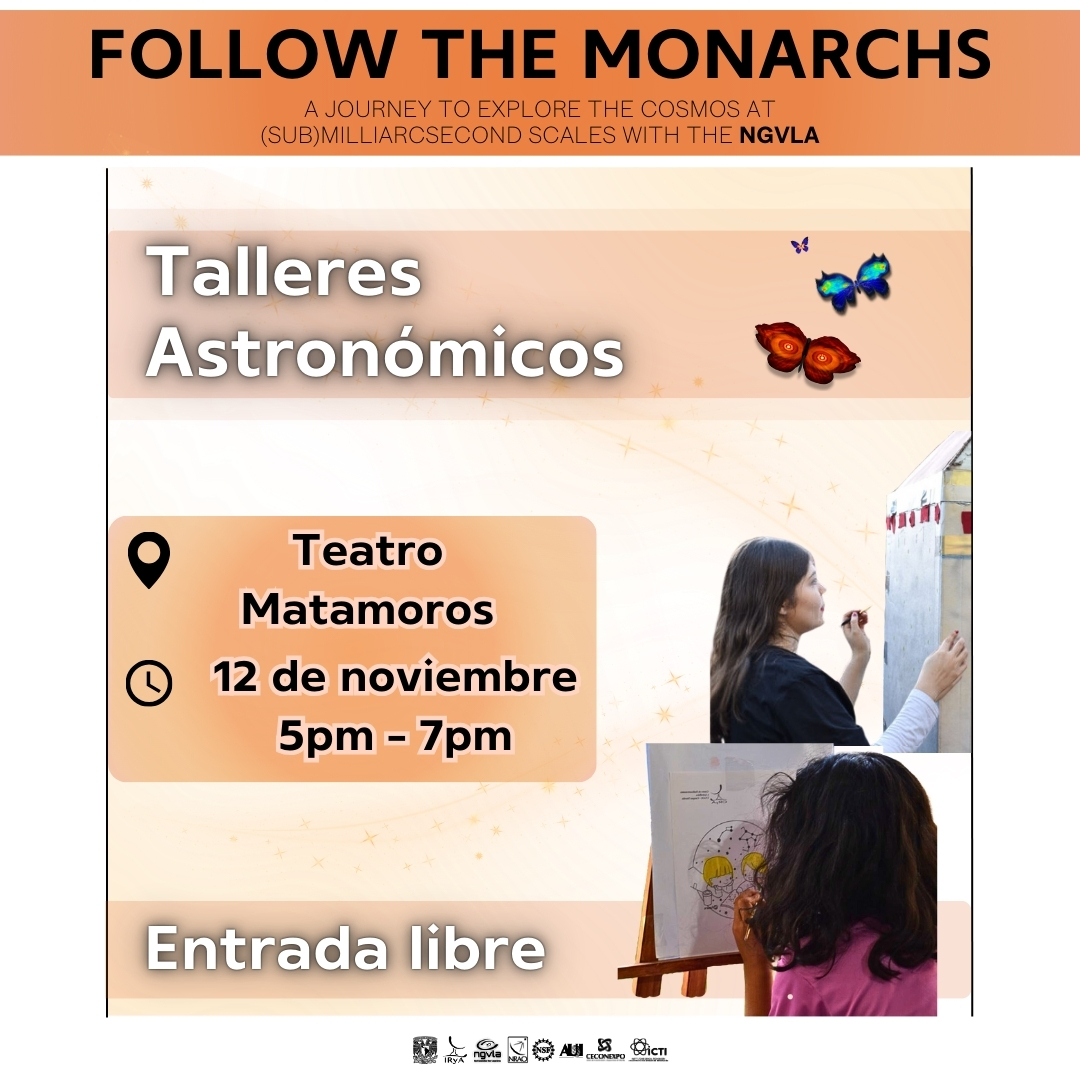
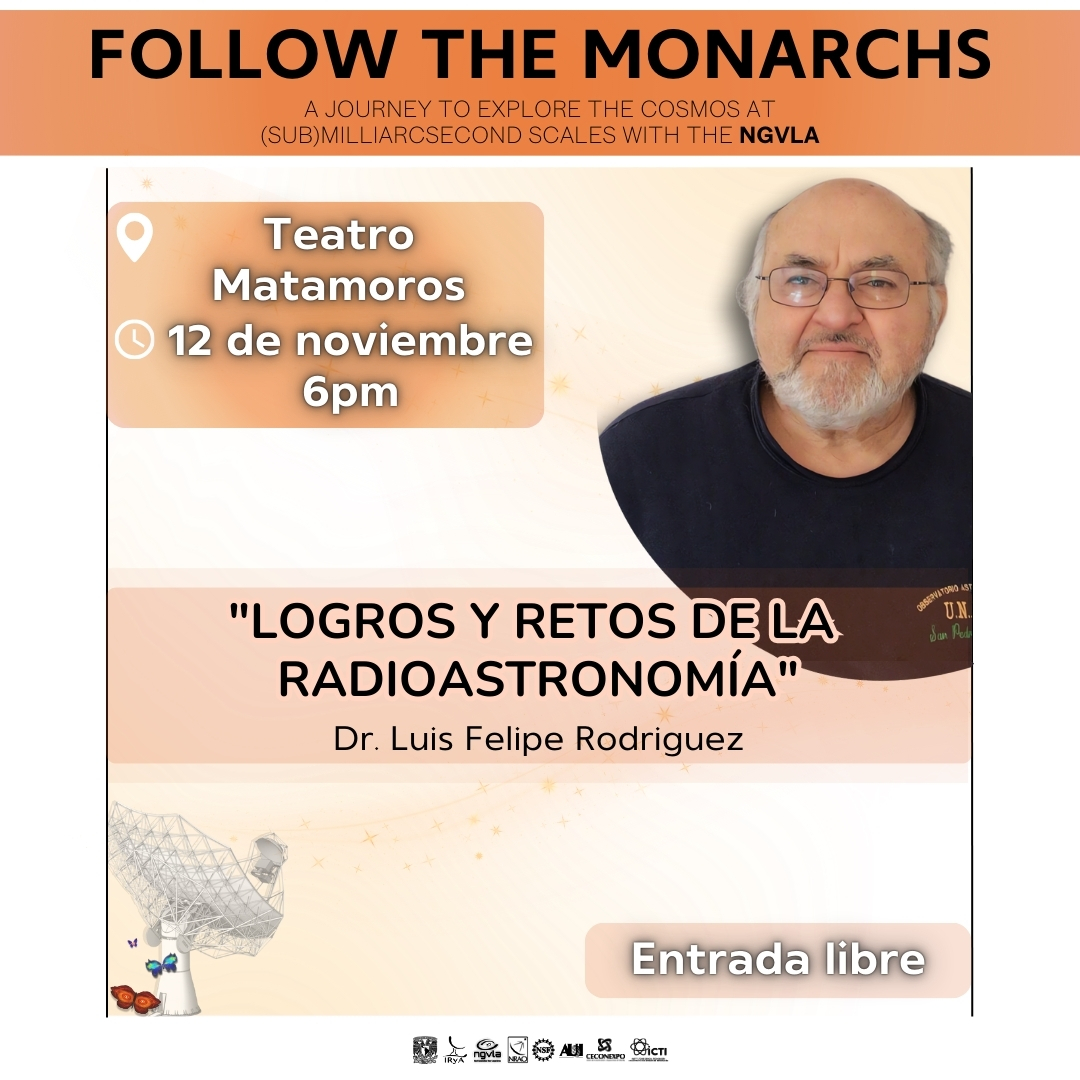
Images: Promotional posters for the activities open to the general public on November 12, 2024 at the Mariano Matamoros Theater, in the framework of the conference “Follow the Monarchs: A Journey to Explore the Cosmos at (Sub)milliarcsecond Scales with the ngVLA”
About the ngVLA
The ngVLA concept was proposed in 2016 and the project was presented at the ASTRO2020 Decadal Survey in the United States in 2019. The observatory will be composed of more than 250 antennas, distributed mainly in the southern United States (Arizona, New Mexico and Texas), with some antennas located in northern Mexico and Canada. Delivery of the ngVLA prototype antenna to the New Mexico site is expected in the first months of 2025.
In Mexico, the Institute of Radio Astronomy and Astrophysics (IRyA) at UNAM Campus Morelia, is taking charge of finding suitable locations for the antennas planned for northern Mexico. To learn more about UNAM's role in the ngVLA, watch these videos (in Spanish):
ngVLA: Next Generation Very Large Array - El papel de México
The National Radio Astronomy Observatory (NRAO) of the United States leads the ngVLA project. The NRAO is an entity of the National Science Foundation (NSF) of the United States, operated under a cooperative agreement by Associated Universities, Inc. To learn more, the ngVLA website is: https://ngvla.nrao.edu/
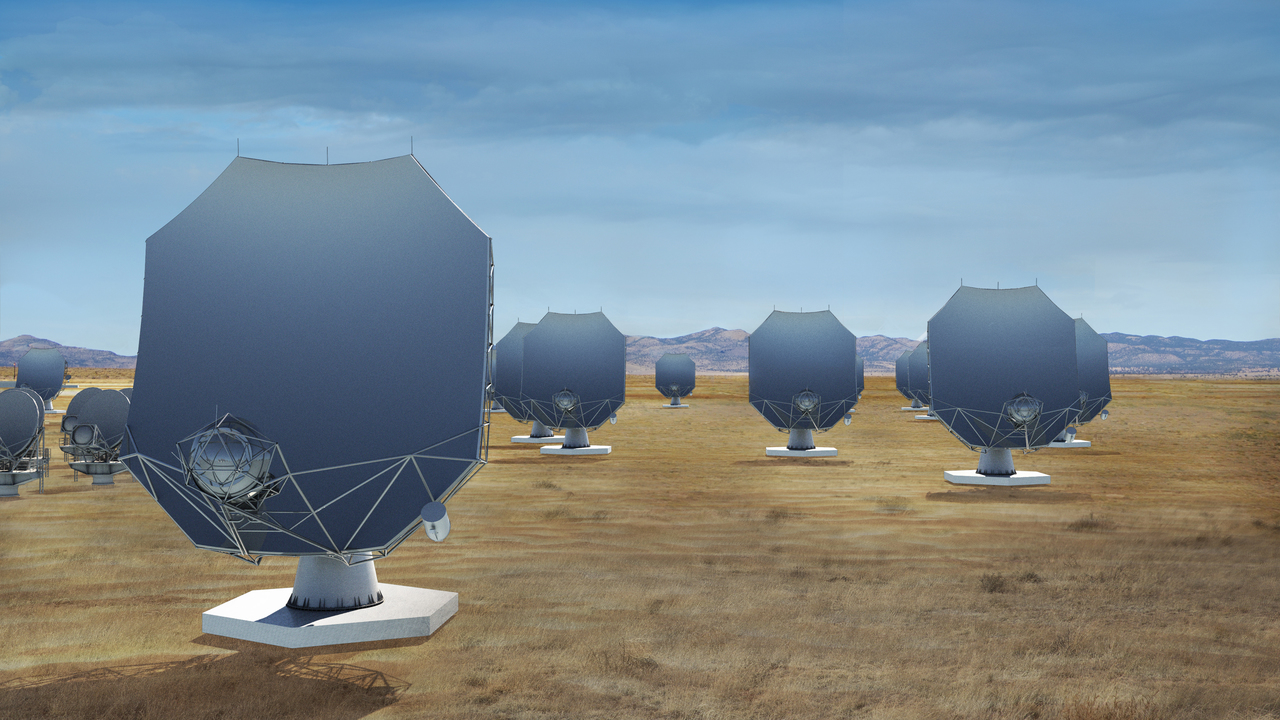
Image: Artist's conception of the antennas that will comprise the next generation Very Large Array, ngVLA. Credits: Sofia Dagnello, NRAO/AUI/NSF.
About IRyA, UNAM
The Instituto de Radioastronomía y Astrofísica (IRyA), or Institute for Radioastronomy and Astrophysics is an academic unit at UNAM, Campus Morelia, Mexico. We perform high-level and high-impact research in the areas of interstellar medium, star formation, evolved stars, high energy astrophysics, Galactic dynamics and structure, extragalactic astronomy and cosmology. We contribute to the education of high-level human resources through a postgraduate program, and we have close contact with society through diverse outreach programs.
If you are interested in our Institute, visit the English version of our webpage, www.irya.unam.mx/web/en
Media contact:
Dr. René A. Ortega Minakata
Outreach and Science Communication
IRyA UNAM Campus Morelia
Text: IRyA UNAM


